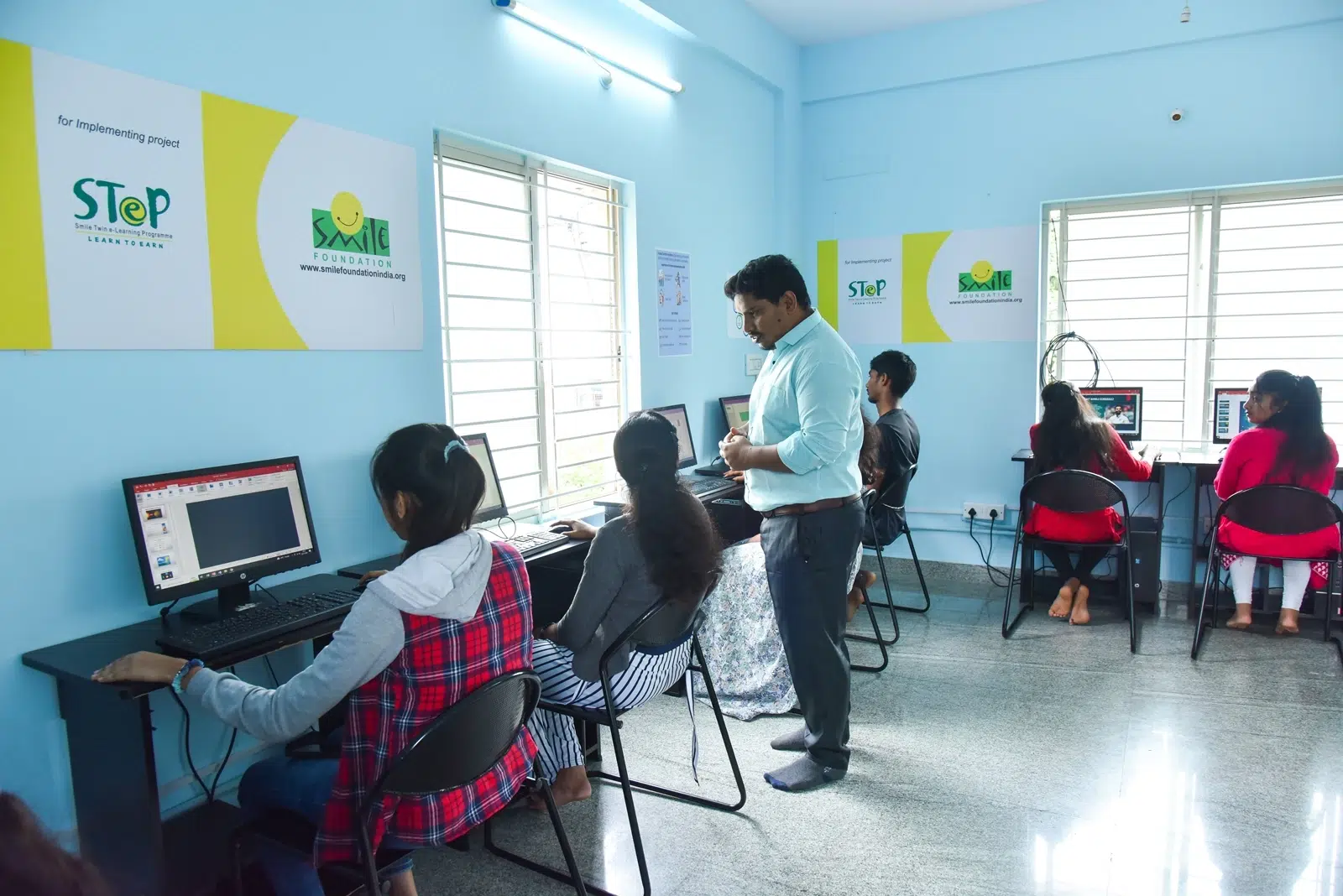A report titled ‘Teens and Pornography’ revealed that 73% of teenagers aged between 13 and 17 have watched pornographic content, whereas over 50% reported watching pornography by the age of 13. The 2023 report by the US-based Common Sense Media gives alarming data on teenagers addicted to explicit adult content, where nearly 45% of the respondents admitted that they felt pornographic content helps them with useful information about sex. Although the report concentrates on the US demography, it paints a reality of the ill effects of pornography on children and how they impact building their perception towards sex.
The fact that pornography is a billion-dollar industry is concerning because it has a growingly detrimental effect on children and adolescents. With the internet and technology becoming an integral part of life, children have never had easier access to pornography and explicit content.
Several research and surveys have shown how early exposure to pornography can shape a mind which later can lead to sexual violence, misogyny and objectification, poor mental health, and other problems. Children who watch pornography that depicts misogynistic and abusive behaviours run the risk of developing the perception that such behaviour is normal and acceptable, among other things.
The many impacts of pornography on children
Diverse research has been conducted to understand the possible effects of online pornography on children and how it generates misconceptions about gender, sexuality, and equality.
In a world that still views sex education as taboo, pornography may become a primary source of information in the absence of any other mode of awareness around sex. Adolescents who view pornographic content frequently are more prone to engage in early sexual activities without knowledge and awareness of healthier practices in sexual indulgence.
Further, pornographic content may distort the idea of sexual expectations. For instance, according to research, pornography can influence sexual behaviour; young people may attempt frequent sexual actions found in popular hetero pornography. The double standards of an active male sexuality and a passive female receptacle, reinforced by pornographic content can create a gap between reality and expectation. This in turn can generate ‘sexual uncertainty’ at an early age about sexual beliefs and values leading to sexual dissatisfaction, anxiety and fear. In a ripple effect, this raises the risk of developing relationship issues and depression.
Additionally, numerous scholars have linked early exposure to pornography to detrimental developmental outcomes, such as increased acceptance of sexual harassment, early sexual activity, negative attitudes toward women, unrealistic expectations, distorted views of gender roles, higher levels of body dissatisfaction, rape myths and sexual aggression.
Compared to other sexual imagery in the media, pornography may be more sexist and antagonistic to women. Boys and young men may learn that it is socially acceptable—even desirable—to act aggressively and denigrate women from the violence and aggressiveness contained in a large portion of today’s popular pornography.
How to safeguard children from pornographic content
International organisations such as UNICEF have long called to support governments worldwide to come up with policy frameworks that protect children from harmful content by the Convention on the Rights of the Child and the authoritative guidance from the Committee on the Rights of the Child, without taking away the creative freedom that comes with internet and media. The international organisation has emphasised comprehensive approaches to promote children’s safety online where they can safely engage in digital environments without being harmed by exposure to pornography.
Further, it is imperative for governments to introduce relevant guidelines with internet service providers and ensure that those are being followed through.
While regulatory and technological initiatives are essential, they are not self-sufficient. There are several ways in which policymakers and parents can also intervene in safeguarding children from exposure to pornography.
One of the most crucial steps is to hold media distributors accountable as the widespread use of the internet makes it difficult to regulate content. Given how media can be an open source to access sexual knowledge, it has significantly influenced how young people perceive their sexuality. For this reason, media creators and distributors must take responsibility for restricting and preventing young people from accessing sexual content online through website policies and comply with government standards and codes, necessary and proportionate content moderation rules and controls.
Protecting children from early exposure to pornography is also a major responsibility of parents and educators. Exposure to pornography can be significantly reduced by installing filtering software on devices and increasing parental monitoring when children use screens of any type. Parents can actively or restrictively mediate their children’s access to online pornography. Crucially, parents have the power to monitor and limit the content that teenagers can access on their phones, as well as to postpone their use until they are sixteen years old. These safeguards can also be implemented in educational contexts, guaranteeing that school personnel are aware of what children are seeing online and that school computers have more stringent filters, including filters on pop-ups.
There is also a growing need to support parental communication with children when it comes to gaining knowledge on sex and understanding its many nuances. In addition, frameworks must be developed to support sex education in schools and institutions to safeguard children’s interests from the negative effects of pornography and redirect them to seek information from appropriate resources that will help them.
Smile Foundation’s emphasis on sex education
Sex education is extremely important in today’s changing times when the use of the internet is increasingly becoming unrestricted. Through its flagship initiative, Mission Education, Smile Foundation is trying to create a safe environment for children to transform their lives with proper awareness and knowledge. Smile Foundation regularly organises sessions on sexual awareness for children to emphasise the need for early sex education and raise awareness about wrong sexual encounters.









